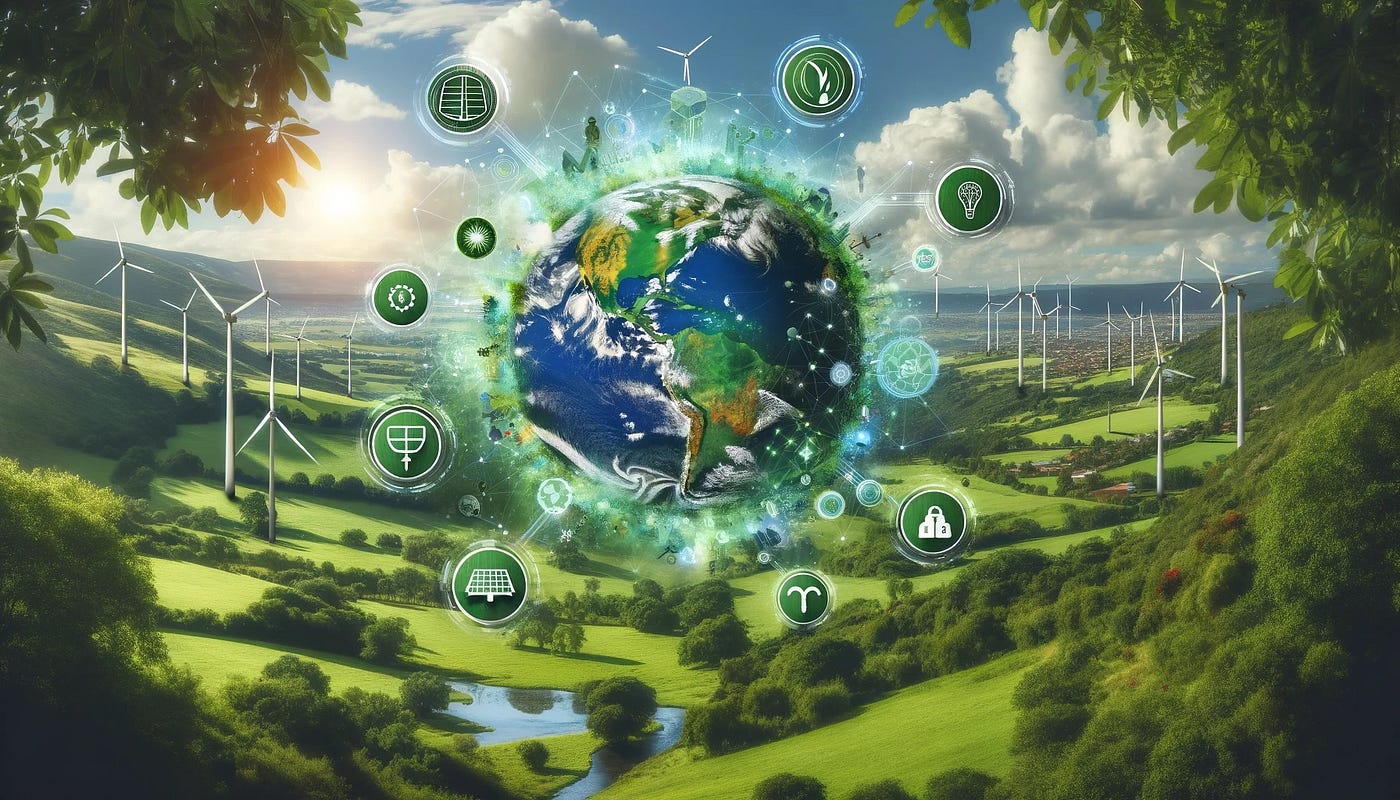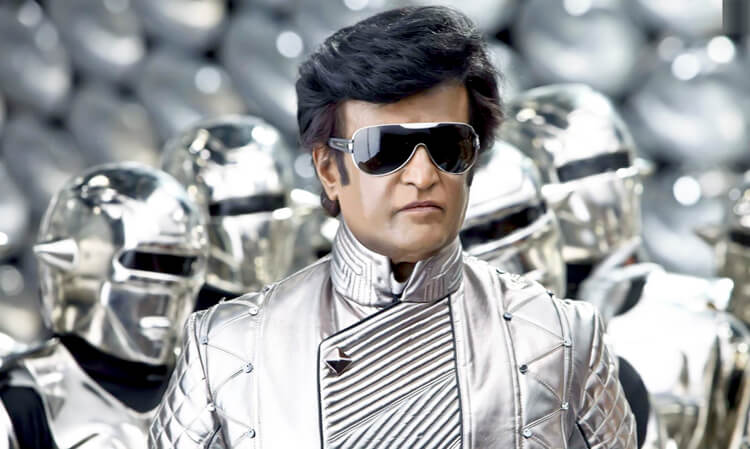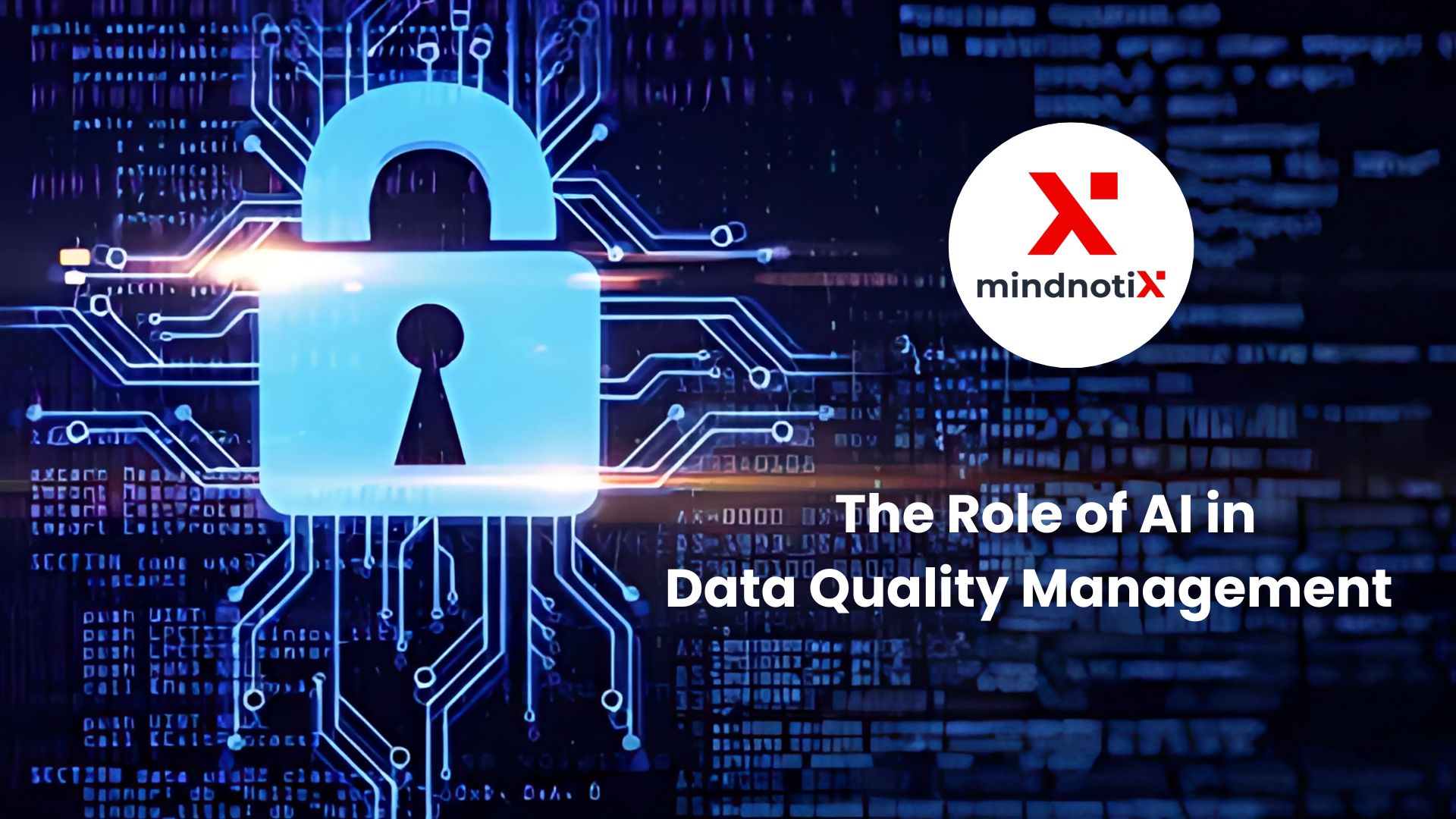The internet made it easier for people to communicate across long distances. But when the Internet of Things (IoT) came along, it changed how devices work by letting them connect to the internet too. According to Statista, the number of Internet of Things (IoT) devices worldwide is forecast to almost double from 15.1 billion in 2020 to more than 30 billion IoT devices in 2030.
In today's fast-changing tech world, it's really important to start thinking about how our inventions affect the environment. Let's start by understanding how technology and being eco-friendly go hand in hand. We'll focus on something called Green IoT, which is all about using technology in ways that are better for the planet.
IoT connected devices worldwide 2019-2030 | Statista
Understanding Green IoT and Its Key Challenges
Green IoT Innovations: Meeting Environmental Challenges Head-on
Green IoT combines the Internet of Things with sustainability, utilizing interconnected devices to gather and analyze environmental data while reducing environmental impact. This is achieved through key technologies like AI and machine learning, which process large datasets and generate insights for sustainable decision-making.
Navigating Challenges for a Sustainable Future
Conventional IoT practices have undeniably posed significant environmental challenges, characterized by heightened energy consumption and a burgeoning electronic waste crisis.
-
Environmental Toll of IoT Energy Consumption: We know that each sensor uses a small amount of energy to work, but when you add up all the sensors altogether, the energy they use becomes a big deal. Additionally, the operation of data centers for processing environmental data demands a significant amount of energy, posing a challenge to maintain sustainability.
-
Escalating Electronic Waste Crisis: As more and more sensors and electronic devices are produced and used, they eventually become obsolete or broken. When this happens, they're often thrown away, adding to the massive pile of electronic waste. This is a serious concern because e-waste contains toxic materials that can harm the environment if not disposed of properly.
The emergence of Green IoT presents a promising avenue for addressing sustainability concerns. Transitioning to Green IoT will drive the creation of energy-efficient practices and procedures that prioritize resource conservation, minimize waste, and enhance environmental sustainability by reducing energy consumption and carbon emissions.
The Benefits of Adopting Green IoT Analytics Solutions
Green IoT analytics offer businesses a path to both sustainability and cost savings. Key benefits include:
-
Cost reduction: Identifying and eliminating inefficiencies through real-time data analysis, leading to optimized resource usage and reduced waste.
-
Improved sustainability: Tracking and measuring environmental impact across operations, allowing for data-driven implementation of sustainable practices.
-
Reduced carbon footprint: Making data-driven decisions to minimize emissions and fuel consumption, for example by optimizing transportation routes.
Real-world case studies serve as strong evidence of the positive impact that Green IoT can have on businesses' sustainability efforts. Fore example, agriculture is the largest consumer of freshwater reserves in any country and 50% of water used in irrigation is wasted, On average, irrigation management and soil monitoring reduces water consumption by 25-30%.
Overall, Green IoT analytics empowers businesses to become leaders in sustainability and achieve financial gains simultaneously.
Green IoT Analytics
Investment Outlook: Opportunities in the Growing Market for Green IoT Analytics
Rapidly growing market: The global IoT market is expected to reach US$1,387.00 billion by 2024. The market is forecasted to grow at an annual rate of 12.57% (CAGR 2024-2028), reaching US$2,227.00 billion by 2028 - Statista
Investment opportunity: VCs and strategic investors can support innovative companies in this transformative industry.
Key drivers:
-
Increased demand for sustainability data: Businesses seek solutions to reduce their environmental impact.
-
Stricter regulations: Governments push companies to monitor and optimize resource usage.
-
Cost savings and efficiency: Green IoT tools optimize resource allocation, reduce waste, and improve processes.
-
Investing for impact: Not only generate returns, but also contribute to a sustainable future.Crucial role: Green IoT companies help businesses achieve environmental goals and operational excellence.
Driving Sustainability with Techsa's Green IoT Solutions
At mindnotix, we're passionate about revolutionizing the field of IoT Analytics. We've dedicated ourselves to developing seamless integrations that prioritize energy efficiency and environmental impact reduction. With our advanced analytics and innovative solutions, we're empowering businesses like yours to embrace Green IoT principles across various industries.
Let's explore a few ways everyday IoT devices are contributing to a greener future:
-
Smart Grid Optimization: Traditional power grids suffer from energy losses due to inefficiencies. Smart meters and connected devices can monitor energy consumption in real-time, allowing for optimized distribution and reduced overall energy waste.
-
Sustainable Homes: Smart thermostats and intelligent lighting systems can learn our habits and adjust energy usage accordingly. Imagine lights that automatically dim when you leave a room or a thermostat that lowers the temperature when you're asleep. These seemingly small adjustments can significantly reduce household energy consumption.
-
Water Conservation: Smart irrigation systems equipped with sensors can monitor soil moisture and deliver the exact amount of water needed for plants, reducing water waste in gardens and farms. Leak detectors can also identify and alert homeowners to potential water leaks, preventing gallons of water from going to waste.
-
Precision Agriculture: IoT sensors in agricultural settings can monitor factors like soil health, moisture levels, and crop growth. This data empowers farmers to apply fertilizers, pesticides, and water more precisely, minimizing waste and environmental impact.
-
Waste Management Optimization: Smart bins with fill-level sensors can optimize waste collection routes, reducing fuel consumption and emissions from garbage trucks. Additionally, these systems can encourage residents to sort waste more efficiently.
Beyond individual devices, the true power of IoT lies in its interconnectedness:
Imagine a network of smart devices across a city or region, all sharing data and working together. This could lead to intelligent traffic management systems that reduce congestion and emissions, or dynamic building automation that adjusts energy use based on real-time weather conditions.
The Road Ahead
While IoT offers a promising path towards a greener future, challenges remain. Data security, privacy concerns, and ensuring equitable access to these technologies are all important considerations. Nevertheless, the potential of everyday IoT devices to combat climate change is undeniable. As these technologies become more affordable and accessible, we can expect even greater strides towards a sustainable future for our planet.
Conclusion
The fight against climate change requires a multi-pronged approach, and the power of everyday people should not be underestimated. By embracing readily available IoT devices, we can collectively make a significant difference. From optimizing our homes to managing resources more efficiently, these interconnected devices empower us to be more mindful of our environmental impact. As technology continues to evolve, the future of IoT holds even greater promise for a sustainable future. Let's embrace these innovations and work together to create a greener tomorrow, one smart device at a time.
Read more :
1.AI POWERED FRAUD DETECTION AND LOSS PREVENTION
2.Demand Forecasting with AI: Avoiding Stockouts and Overstocking
3.Predictive Maintenance for Retail Equipment: Using AI to Prevent Downtime
4.Optimizing Delivery Routes and Logistics with AI
5.Augmented Reality (AR) and Virtual Reality (VR) Shopping Experiences powered by AI
6.AI-driven Visual Search and Recognition for In-Store Shopping
7.Biometric Authentication and Frictionless Checkout with AI
8. AI for Social Justice: Combating Discrimination and Promoting Equality
9. AI for Citizen Science: Empowering the Public to Contribute to Research
10.The Dark Sides of AI Technology: The Risks and Challenges Ahead
11. AI and Universal Basic Income: Will Automation Render Work Obsolete


 AI-Taxi App
AI-Taxi App AI-Food App
AI-Food App AI-Property Mgmt App
AI-Property Mgmt App AI-CRM
AI-CRM AI-Fantasy App
AI-Fantasy App
 Web Development
Web Development App Development
App Development Business & Startup
Business & Startup Hire Developer
Hire Developer
 Digital Marketing
Digital Marketing Lead-generation
Lead-generation Creative Agency
Creative Agency Branding Agency
Branding Agency Augmented Reality
Augmented Reality Virtual Reality
Virtual Reality Internet of Things
Internet of Things Artificial Intelligence
Artificial Intelligence Blockchain
Blockchain Chatbot
Chatbot



